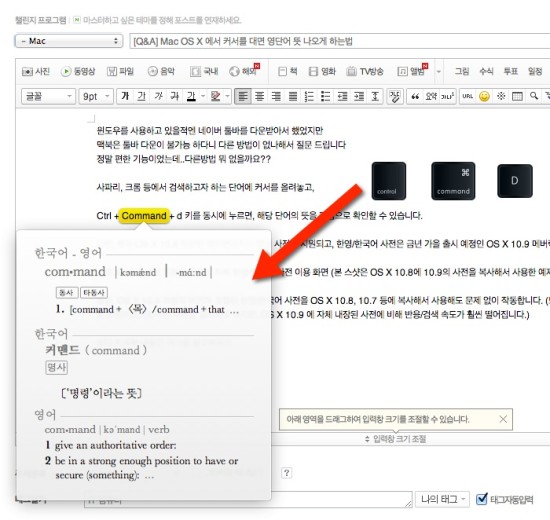

You should then be able to see any hidden files and folders on your Mac. You can show hidden files in Finder with a simple Terminal command: defaults write AppleShowAllFiles -bool YES. $ defaults write AppleShowAllFiles true $ killall Finder It may sound daunting, but it’s a straightforward process: Open the Terminal app on your macOS device and then enter the following command.
OSX VIEW HIDDEN FILES MAC OS X
If you’re still running an older version of macOS – or even Mac OS X – you’ll have to use the Terminal app to show the hidden files and folders on your system. View Hidden Files and Folders on macOS Wondering where has the file gone and how you can access it Well, it’s just as straightforward. Here’s a folder (root Macintosh HD) with hidden files invisible. The visual indicator of hidden files and folders is fairly obvious. Just remember that pressing down Command + Shift + Period in the file system of Mac OS will hide or show invisible files.

Alternatively, you can use the Terminal application to show. Command + Shift + Period is the Keyboard Shortcut for Toggling Hidden Files in Mac OS. The files will now be visible in Finder, and you can access them as you would any other file. This will toggle the visibility of hidden files in Finder. Showing hidden files using the Terminal app To show hidden files in Finder on a Mac, you can use the following steps: Open Finder.

You could also define the aliases directly in the. Showing hidden files on macOS Sierra or laterĪs mentioned, Apple introduced the ability to hide and show hidden files and folders with a keyboard shortcut in macOS Sierra. Now whenever I need to view the hidden files I just type showall in Terminal and hideall when I'm done.


 0 kommentar(er)
0 kommentar(er)
